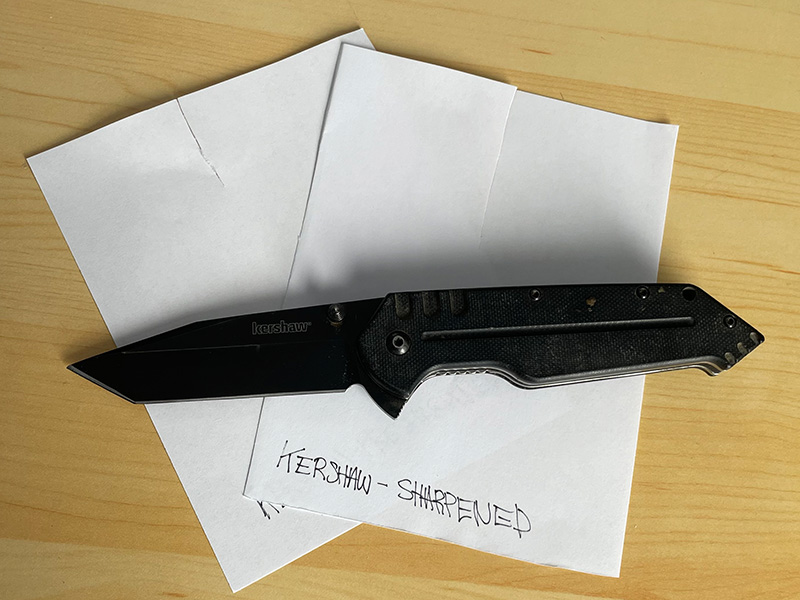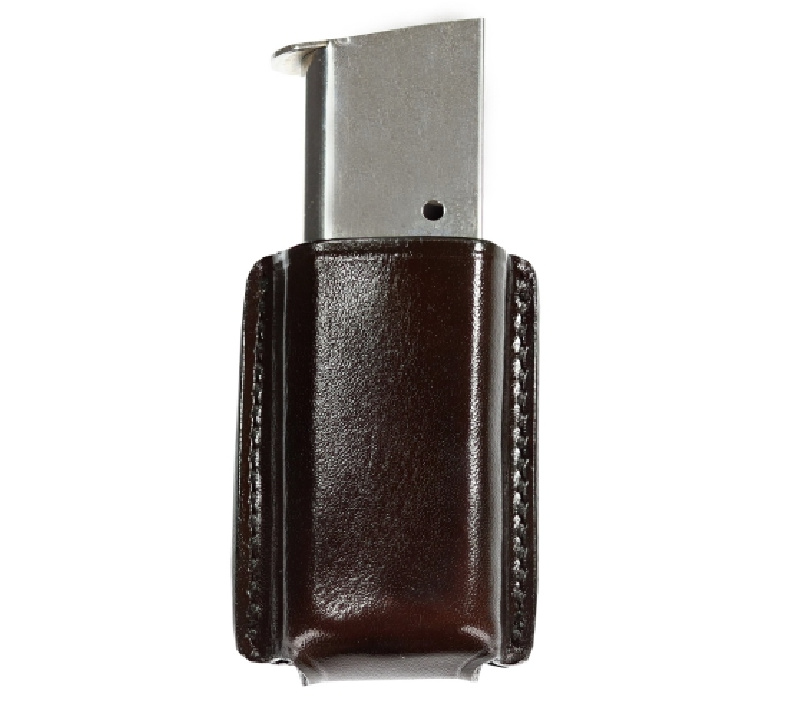EDC, or everyday carry, is a rather new term that’s applied to the crap we carry in our pockets, on our belts, etc. It’s your daily stuff, and in 2024, it likely includes a wallet, a phone, maybe a laptop, and, of course, your daily ‘tactical’ needs. EDC has become quite the trend thing, and there are entire websites dedicated to showing off your EDC. To me, a lot of this has gotten a bit silly.
The rise of EDC has introduced a sort of pageantry into the whole deal. People claim to carry coins, handkerchiefs, and little trinkets every day. Others claim to carry multiple guns, multiple knives, reloads, and full-on medical kits daily. A lot of the EDC community seems to be more interested in posting what they supposedly carry than actually carrying it.

With that in mind, if you’re new to this whole EDC thing, I thought we could break down some practical advice on what an EDC is and some advice on what’s practical and what’s not. You won’t see trinkets or machetes here, so if that’s your jive, look somewhere else. We are talking about a proper EDC, one that’s practical and might include items you haven’t considered in the past that can help you in a wide variety of situations.
How do you carry your EDC?
When you first start planning or wanting to build an EDC, the first thing you need to consider is how you carry your stuff. Do you just use the pockets of your pants? Do you carry a backpack or laptop bag daily? Maybe you have a purse? All are good options, and the size of what you carry limits you to what you can carry. I pretty much just use my pants for daily carry, so I am limited in what I can carry.

What Does a Basic EDC Look Like
The basics of EDC include some already mentioned items. This could be your wallet or purse, your phone, your chapstick, and the real basic items that occupy your pockets most days. Even something like your car keys can be considered your EDC. Those are your bare-bones basics. From there, we look into accessories and gear that can help you throughout your day.
For the basics of an EDC, I’ve kept it isolated to three items. These three items were picked not just because they are important but because they are relatively easy to carry. You can carry them with nothing more than a normal pair of pants or shorts.
Handgun
A handgun of some kind gives you the most capable defensive weapon you can easily carry every day. When it comes to self-defense in the real world, a handgun is the most capable and practical choice. The current market for handguns has made them smaller and smaller, and there is a wide variety of defensive-worthy calibers.

A defensive handgun like the P365 tends to be one of the best compromises between size and capability. It offers you a gun that’s easy to conceal and packs ten rounds of 9mm in a flush-fitting magazine. The world of holsters is wide open and gives you a ton of options for concealed carry. It’s smart to shop around for holsters to find one that’s safe, easy to wear, conceals well, and is specifically molded for the weapon.
Pocket Knife
A pocket knife might be the most useful thing you could ever carry, especially when you consider that you can get a pretty good knife for less than 50 bucks. It won’t be fancy, but it will conquer most tasks you need a knife for. Pocket knives allow you to do easy, normal tasks, from opening Amazon packaging and those dreaded clamshells to stripping off someone’s clothes to help treat a wound. Pocket knives are easily the most useful thing in your pants.

For the average Joe, the question is what kind of pocket knife. I advocate for something simple for most people. If you get into knives and start to appreciate better steels, or maybe if you work with your knife a lot, then you can upgrade. A simple Kershaw Shuffle can serve most people well. If you want an upgrade to the Kershaw, then check out the Spyderco Tenacious.
Flashlight
Flashlights are often under-carried, but man, when you need one, you really need it. Most phones can be turned into an ad-hoc flashlight, and that works okay for some scenarios. A dedicated flashlight can be great when you break down on the side of the road at night. Maybe the power goes out, and you have to navigate your way out of a building. In a tactical situation, a light can allow you to identify threats.

The More Advanced EDC
There is more to it than the basics. Once you have them covered and are considering advancing what you carry daily, there are several other options out there to expand your EDC and your capabilities.
Medical Gear
One of the more popular sayings the preparedness community has is that if you can make holes, you should learn to patch them up. If you are looking to be a more prepared person, then carrying some trauma gear is one route to take. Of course, carrying the gear isn’t enough. You should learn how to use it. Attend a tactical medicine class, a CPR course, or a Stop the Bleed class. Once you know how to use it, consider purchasing gear from North American Rescue, Mountain Man Medial, or Dark Angel Tactical.

Carrying medical equipment will likely be more lifesaving than your firearm. Firearms can be used for self-defense, but people become injured from all sorts of incidents. Car accidents, slips and falls, and playing with sharp things are great ways to get hurt and need emergency medical treatment. Having this gear on hand can be lifesaving.
A full IFAK is tough to carry, but there are ankle and belt kits that have the bare minimum. I also tend to keep a kit in my car, as well as in my home and office. This way, I always have some medical gear on hand, even if I’m not carrying it.
Multitool
A multitool, like a Leatherman Super Tool or a Gerber Diesel, can be super handy depending on your lifestyle. It could replace your knife entirely and provide you with a toolbox that fits in your pocket. If you work outdoors or in a trade, you already know the value of a multi-tool. With the concept of EDC becoming popular, these tools have gotten better, as well as lighter and smaller for the average person.

Multitools are excellent tools that make it easy to do basic things like opening a toy and changing batteries, opening that Amazon box, unscrewing a bolt, helping change a tire, and more. Their value really can’t be overstated, and with the massive variety of options out there, it’s worth checking out.
Reload
If you carry a gun, you may choose to carry a reload. A reload is a spare magazine or a speed loader/speed strip to reload your handgun. In most defensive situations, a handgun in a defensive scenario will not require a reload, and it’s unlikely you’ll expend all of your ammunition. However, likely doesn’t mean impossible. A reload ensures you can stay in the fight.

With a semi-auto firearm, a reload may be a great idea in the event of a malfunction. A malfunction may require you to remove your magazine, and sometimes, it’s easy to let the mag in the gun hit the ground and then fix the malfunction. A reload then allows you to get the gun back up and into the fight without scrambling for your reload.
Carry Smart
A little planning goes a long way when it comes to your EDC. Your everyday carry should expand your capabilities as a person. If it’s not making your life easier or more secure, it might not be worth carrying. The above is what I think makes a smart and simple EDC. What are your thoughts? Let us know below!

